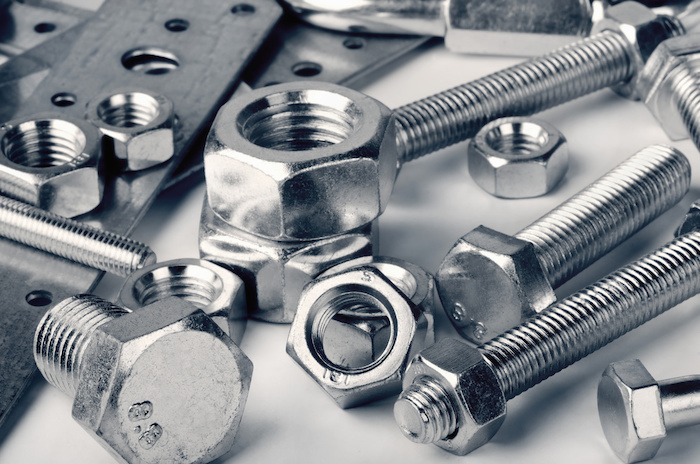
Fasteners play an essential role in the world of construction. These small components connect materials to form structures, equipment, and other industry essentials. Different kinds are used to secure, attach, and hold parts together in various settings and circumstances.
They usually come in two kinds: permanent and non-permanent. Some examples of permanent fasteners include nails and rivets, while non-permanent ones include screws and pins.
While the former doesn’t have the flexibility of the latter, they’re ideal for adding integrity to structures such as houses and buildings. Meanwhile, non-permanent fasteners can offer different strengths and levels of durability than permanent ones. The choice between the two types lies in how important flexibility is and if there’s a need for adjustment options that won’t damage the materials attached.
Where And How Are They Used?
For a refresher on the different types of fasteners and how they’re utilized in the construction industry, here’s a quick breakdown of where and how construction crews use them:
1. Pins
The variety of industrial pins may seem overwhelming initially. But you may have an easier time familiarizing yourself with them once you find their commonalities and differences. Also, most pins are used in similar ways or in conjunction with each other for different construction purposes.
For instance, clevis pins are commonly used to handle cargo in vehicles or vessels. The pin is inserted into the prongs of the clevis fastener. Then, the clevis pin will be secured with a cotter pin by inserting the latter at the hole at the bottom of the clevis.
Clevis pins come in various sizes and materials, and you can consult a guide to clevis pins to find the ones that match your requirements.
Other types of construction pins include hair, dowel, and slotted pins. All these are non-permanent fasteners, which means they can be installed and uninstalled without damaging the attached materials’ surface or structure.
2. Nails
Nails are commonly made of steel, though some are also made of bronze, iron, copper, or stainless steel. They can be considered the most popular permanent attachment component used in structures. Nails can be applied manually using a hammer or mechanically using a nail gun.
These fasteners are used for woodworking, concrete, arts and crafts, and other applications. Some examples of nail varieties include common nails, box nails, sinker nails, and masonry nails.
3. Rivets
Another type of non-threaded construction fastener is the rivet. These metal fasteners are solid and permanent, consisting of a round, smooth head and a tail.
Rivets are unique because they’re secured at the end after being inserted into the fastened materials. Firm pressure is applied to create a locking feature at the end of the rivet, flattening the tip of the tail to create another head that would hold the metal in place.
Rivets can be used to put together various materials, including wood, metal, and leather. They can also be attached manually or mechanically.
4. Bolts
Bolts are non-permanent metal fasteners comprised of a hex head, a shank, and a threaded tip. Unlike screws, bolts need other components, such as a nut or a washer, to secure their edge. Also, the tips of bolts are usually flat compared to the pointed end of screws.
Bolts are inserted through prepared holes on the parts to be connected. Then, the end of the metal shank is secured with a nut.
Torquing is another method to put a bolt in place mechanically. This process creates tension that helps tighten the hold of the nut on the bolt, improving stability.
Some examples of bolts include plow bolts, carriage bolts, and flange bolts.
5. Screws
Screws are another commonly used threaded construction fastener. These are made up of a hex head, a body, and a threaded tip. Unlike other fasteners, screws can hold pieces together without needing a securing component on the end, as the threading has enough grip to keep the screw and the materials in place.
Some examples of screws include wood, masonry, deck, and drywall. Each type features a unique thread, head, and tip that makes them ideal for their specific uses, such as on wood and concrete. There are also others, such as deck screws made from steel or copper, designed to suit outdoor use because of their anti-rust coating.
Takeaways
Construction fasteners may be one of the smallest components of any structure. But their importance should not be underestimated. When choosing fasteners, it’s essential to consider their quality, size, and type to ensure they match your requirements. Moreover, you’ll also need to choose if you need permanent fastening solutions versus non-permanent ones. Addressing these first will ensure that every project gets the right type and amount of fasteners to reach completion.
